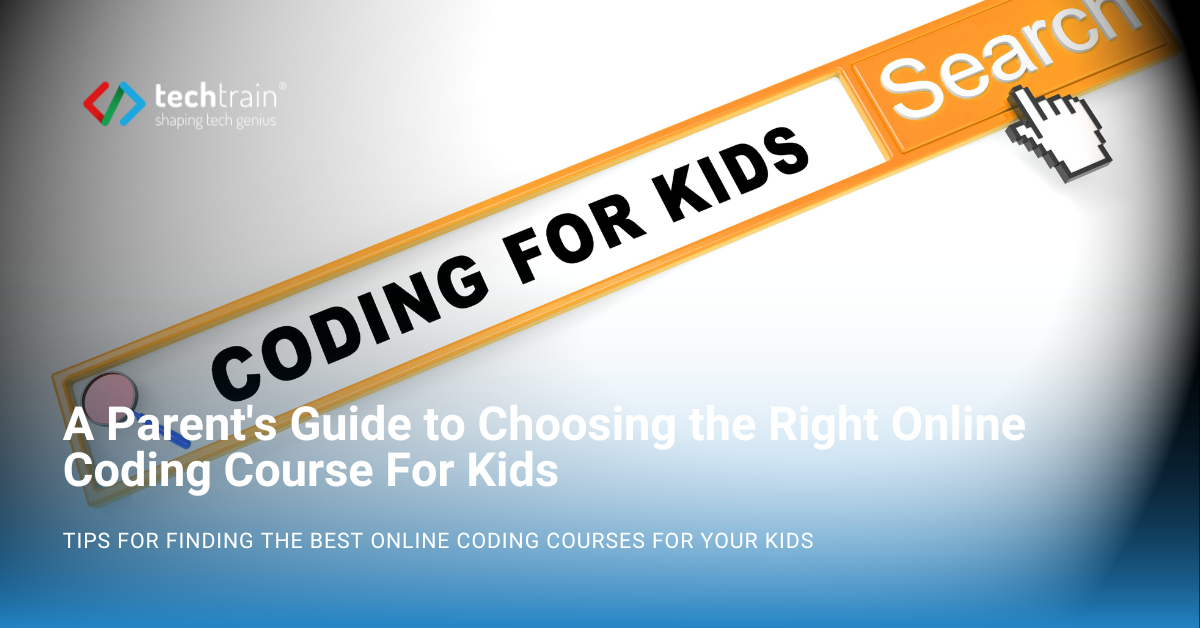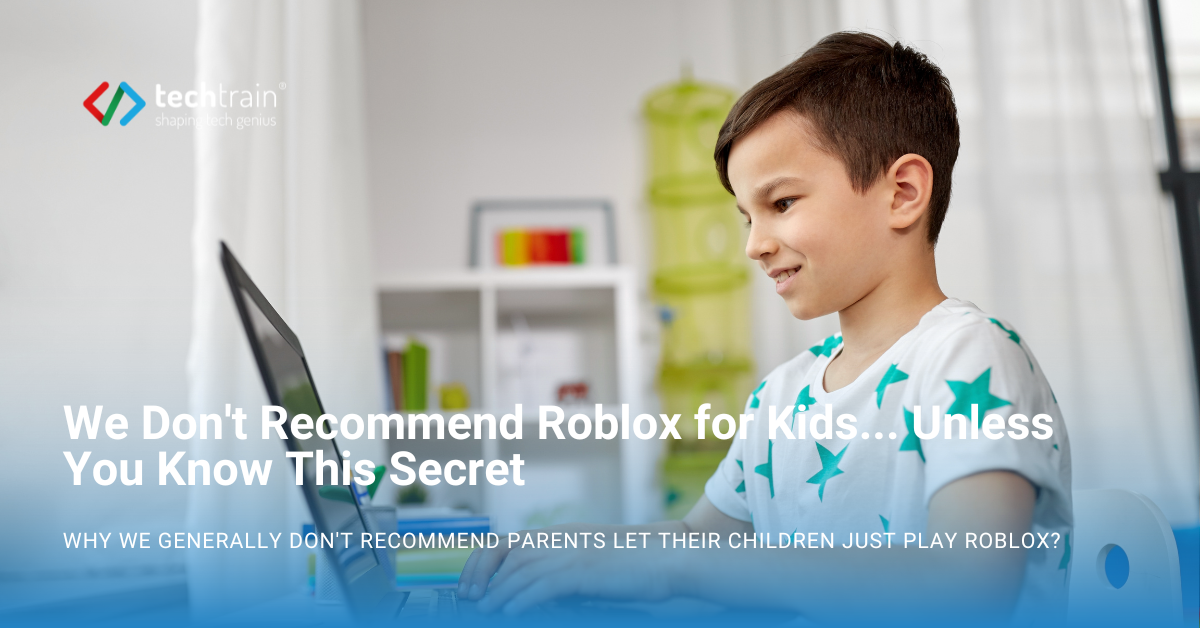One problem with coding is that people often perceive it as something unnatural, as if it only acts as a guide or direction for human-built machines to follow. Coding is far from that, nature had it even before the existence of the human race. In this blog, we will explain what coding is, its appearance in nature, the benefits of coding for kids, and a guide on how kids can start their coding journey in a way that is most advantageous to them.
What is Coding?
At its core, coding is basically the process of making a clear instruction for a computer to perform tasks. It involves creating and implementing algorithms, which are detailed directions for procedures, by writing lines of code in one or multiple programming languages.
Just as we prepare for Thanksgiving dining with an actionable plan that outlines the activities, guest list and menu items, this plan serves as our instruction, guiding us step-by-step through the making of a successful dinner. Computers require a structured approach to break down complex tasks into manageable components.
However, humans sometimes make mistakes, like forgetting to defrost the turkey or accidentally using salt instead of sugar. Computers can also trip up. After all, they’re machines programmed by humans, right?

Code in Nature
Nature is filled with patterns and systems that can be understood as forms of “code”. Here are some fascinating examples:

- The Fibonacci Sequence reveals itself in many natural phenomena, such as how leaves are arranged on a stem, how trees branch out, and how artichokes flower. This sequence starts with 0 and 1, where each subsequent number represents the sum of the two preceding ones.
- Fractals showcase complex structures that we can split into parts. Each part acts as a reduced-scale copy of the whole, observable in the pattern of snowflakes, rocky coastlines, and ferns.
- The Golden Ratio appears in various natural structures and often symbolizes aesthetic beauty. For instance, the human body usually adheres to this ratio, creating a visually pleasing form. Many famous artists, like Leonardo da Vinci, have also applied this ratio in their artworks.
- Genetic code dictates how information in genetic material translates into proteins. It comprises sequences of nucleotides in DNA. The genetic code determines the diverse traits of living organisms, influencing characteristics like the color of flowers and the size of animals.
In fields like architecture, algorithms inspired by fractal patterns are used to design structures that emulate the complexity found in nature. The Golden Ratio is also a fundamental principle in architecture, guiding the proportions of facades, windows, and overall building layouts. If you look closely enough, you might find that coding appears everywhere!
Benefits of Coding for Kids
Learning to code can become an exciting and empowering adventure for kids. Though it can be challenging, the outcomes make the effort truly worthwhile. What sweet fruits come without putting in the hard work to plant the tree first, right?

With the right tools and guidance, coding can benefit kids in many aspects of their lives:
- Improves problem-solving skills: Coding teaches kids to break down complex problems into smaller and manageable parts. This skill is useful not just in programming but in everyday situations, making it easier for kids to tackle challenges in their school and daily life
.
- Boosts creativity: Coding isn’t just a bunch of boring lines of code. For instance, if your kids want to create a video game, they can learn to design characters, write the story, and build game mechanics. This whole process encourages them to think outside the box and do a lot of experiments, leading them to find the best way to make their own project work.
- Prepares for future jobs: As technology continues to advance, many careers now require at least some knowledge of technology, especially in coding. By learning to code early, kids can gain both technical and soft skill sets that open doors to various job opportunities, such as software development, data analysis, digital marketing, and more.
Basic Coding Fundamentals For Kids
When kids start coding, they will encounter some key programming concepts:
- Variables: Think of variables as boxes that hold information about names of characters, players’ scores in a game.
- Loops: Loops let programmers repeat actions without having to write the same code over and over again, if they want a character to move across the screen continuously, they can use a loop to make that action happen automatically.
- Conditionals: These are “if-then” statements translated into programming languages. For example, programmers might write a rule that says, “If a player collects a coin, then add points to their score.” This means that every time players collect a coin in the game, they automatically gain points, allowing the game to respond to their actions.
Top 03 Best Ways To Teach Kids Coding

Here are some of the most effective ways to learn programming for beginners:
- Interactive Coding Games: These are fantastic ways for kids to get to know the coding world because they make learning coding more enjoyable and motivate them to practice. These fun platforms, such as Scratch, TinkerCAD, Roblox Studio, and GDevelop, allow kids to create animations, 3D designs, games, and stories while learning programming fundamentals with vibrant visuals and intuitive block coding, making it easier for kids to learn without getting overwhelmed.
- Hands-On Projects: Encourage kids to work on hands-on projects that interest them. Whether it’s building a website, creating a mobile app, or programming a robot, these real world applications are what make coding more relatable and exciting.
- Coding Clubs or Courses: Consider enrolling them in coding clubs or courses where they can learn with other kids. Collaboration with friends fosters teamwork and problem-solving while also helping them enhance their social connections. Local community centers, schools, or online programs like TechTrain offer structured programming lessons tailored to kids' ages and skill levels, ensuring the best learning experience.
The earlier your kids start learning to code, the better. Enrolling them in one of our coding programs is the best way to learn computer programming. Still, we also encourage you to spend time with your kids to check out free online resources on the Internet, which can help them develop self-learning skills and support a lifelong love of learning!
Conclusion
Coding is far more than a concept created by humans; it mirrors natural patterns and systems that have existed long before humanity. By teaching kids to see coding as a way to solve problems and express creativity, we are teaching them important skills for their future.
The Fascinating World of Pi: Uncovering the Secrets of 314159u. https://techsbullion.com/314159u/
Avagyan, A. (2010). The Fibonacci Sequence. https://core.ac.uk/download/144217554.pdf
Mysteries of Nature Revealed by CT - Scan of the Month. https://www.scanofthemonth.com/scans/geometries-of-nature
.avif)

.avif)


.avif)












.avif)
.avif)

.avif)
.avif)
.avif)
.avif)



.png)
